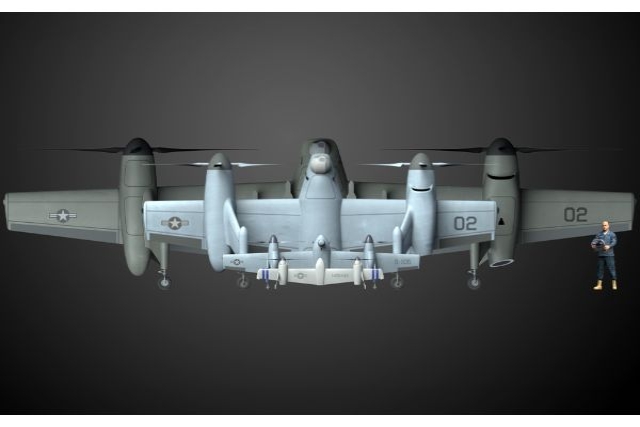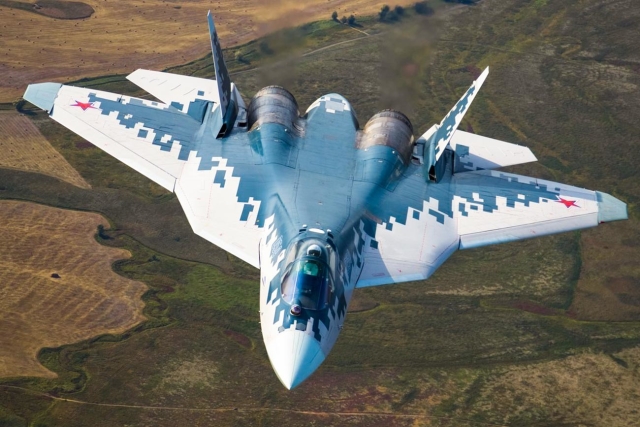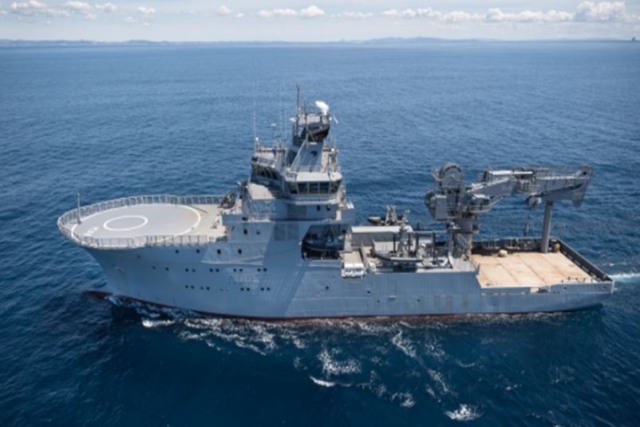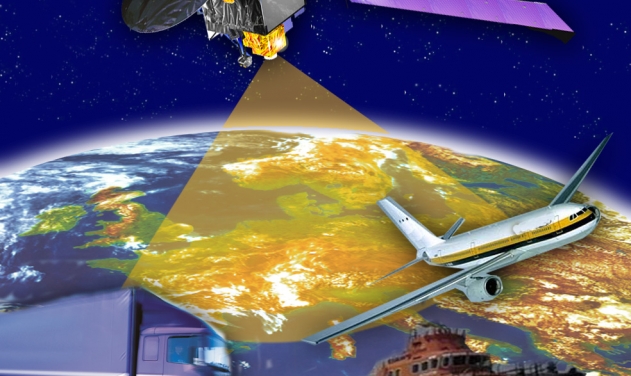Lockheed Martin Receives DARPA Contract for Radio Frequency Mapping Program

The US Defence Advanced Research Projects Agency (DARPA) has awarded Lockheed Martin a contract for the third phase of its RF Mapping program, RadioMap, which seeks to provide real-time awareness of radio spectrum use across frequency, geography and time.
Akin to smartphone maps that show color-coded current traffic conditions, RadioMap is developing technology that visually overlays spectrum information on a map enabling rapid frequency deconfliction and maximizing use of available spectrum for communications and intelligence, surveillance and reconnaissance (ISR) systems.
Lockheed Martin Corp. in Manassas, Virginia, was recently awarded an $11.8 million Phase 3 contract to further develop technology from Phases 1 and 2 into a full system suitable for transition to the military services.
Today’s interconnected wireless world has led to congested airwaves, making Radio Frequency (RF) management a hot topic. For military members around the globe, efficiently managing the congested RF spectrum is critical to ensure effective communications and intelligence gathering.
According to John Chapin, DARPA program manager, “RadioMap uses existing radios and jammers that do double-duty. In the ‘down’ time when they aren’t performing their primary function, the devices sense the spectrum around them and, through RadioMap technology, provide an accurate picture of what frequencies are currently in use and where.”
RadioMap seeks to make spectrum management more efficient by giving operators the tools to see real and potential frequency interference and usage. For example, a forward-deployed unit might reserve a particular frequency for a communications link at a specific time, but due to the dynamic nature of the situation, the frequency ends up not being needed. RadioMap’s real-time visualization of actual spectrum use helps spectrum managers detect the unused frequency and enhance mission effectiveness by quickly reusing it for other needs.
RadioMap can also support small units—such as squads or platoons, which rarely carry equipment for monitoring radio emissions—by identifying nearby RF Spectrum emitters that may indicate tactical threats or opportunities.
“The Marine Corps is an ideal transition partner for RadioMap,” Chapin said. “They have in place the doctrine, organizational structure, and information systems framework that can effectively integrate RadioMap software. After successful tests at Quantico Marine Base in Phase 2 of RadioMap, I look forward to further collaboration and to transitioning the technology to Marine Corps use at the end of Phase 3.”
The base period of RadioMap Phase 3 is scheduled to continue through summer of 2016. If the Marine Corps test of the system in summer 2016 is successful, the program could transition to the Marine Corps after further operational testing in early 2017.









